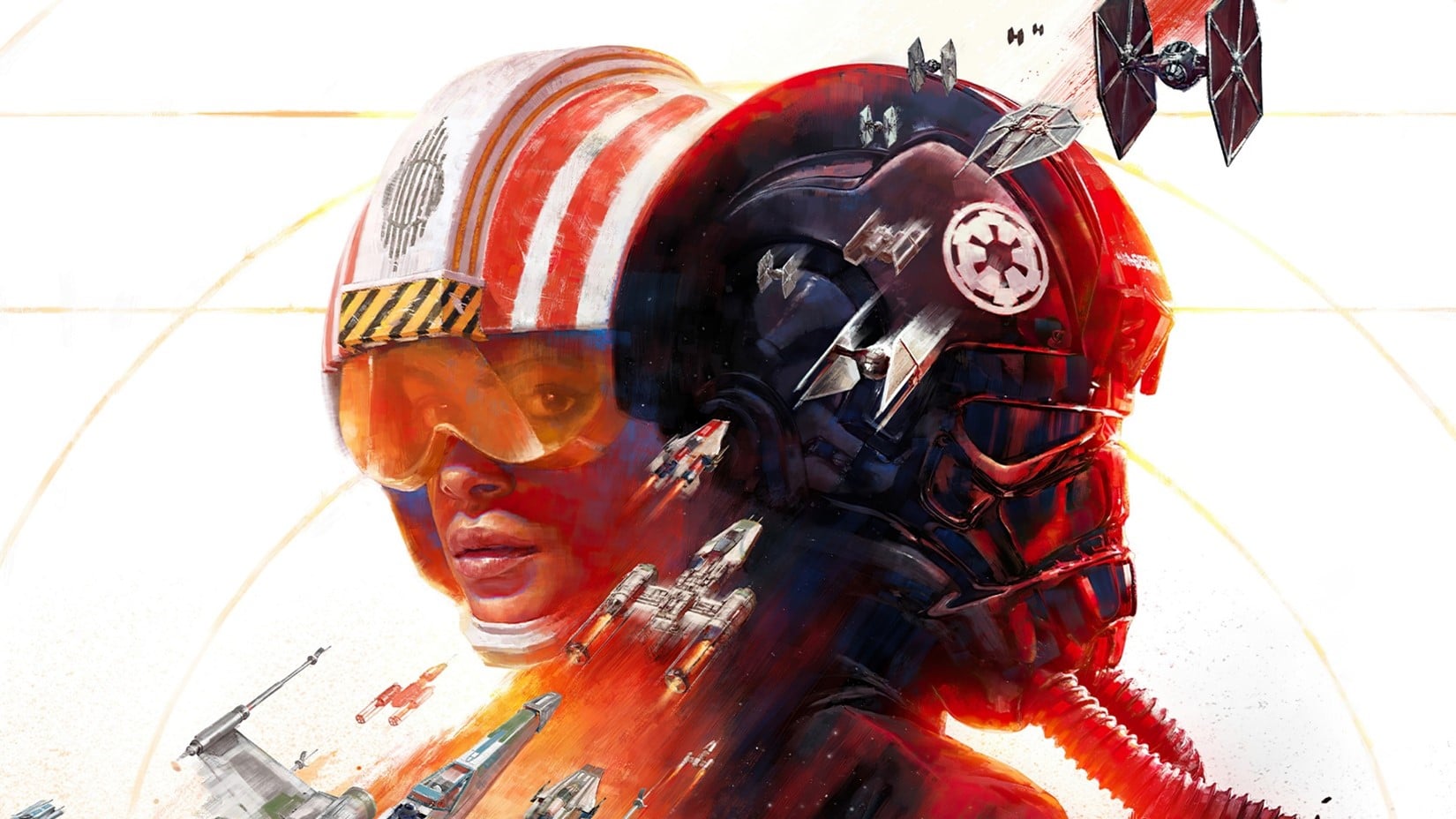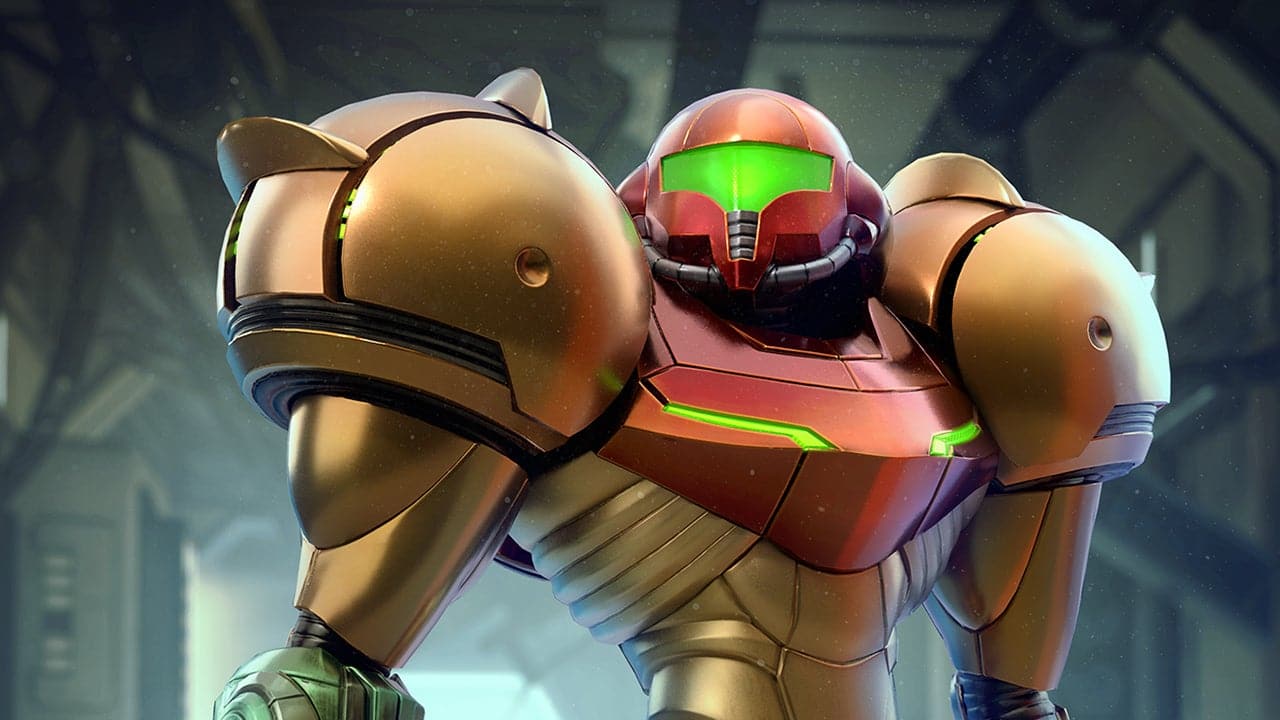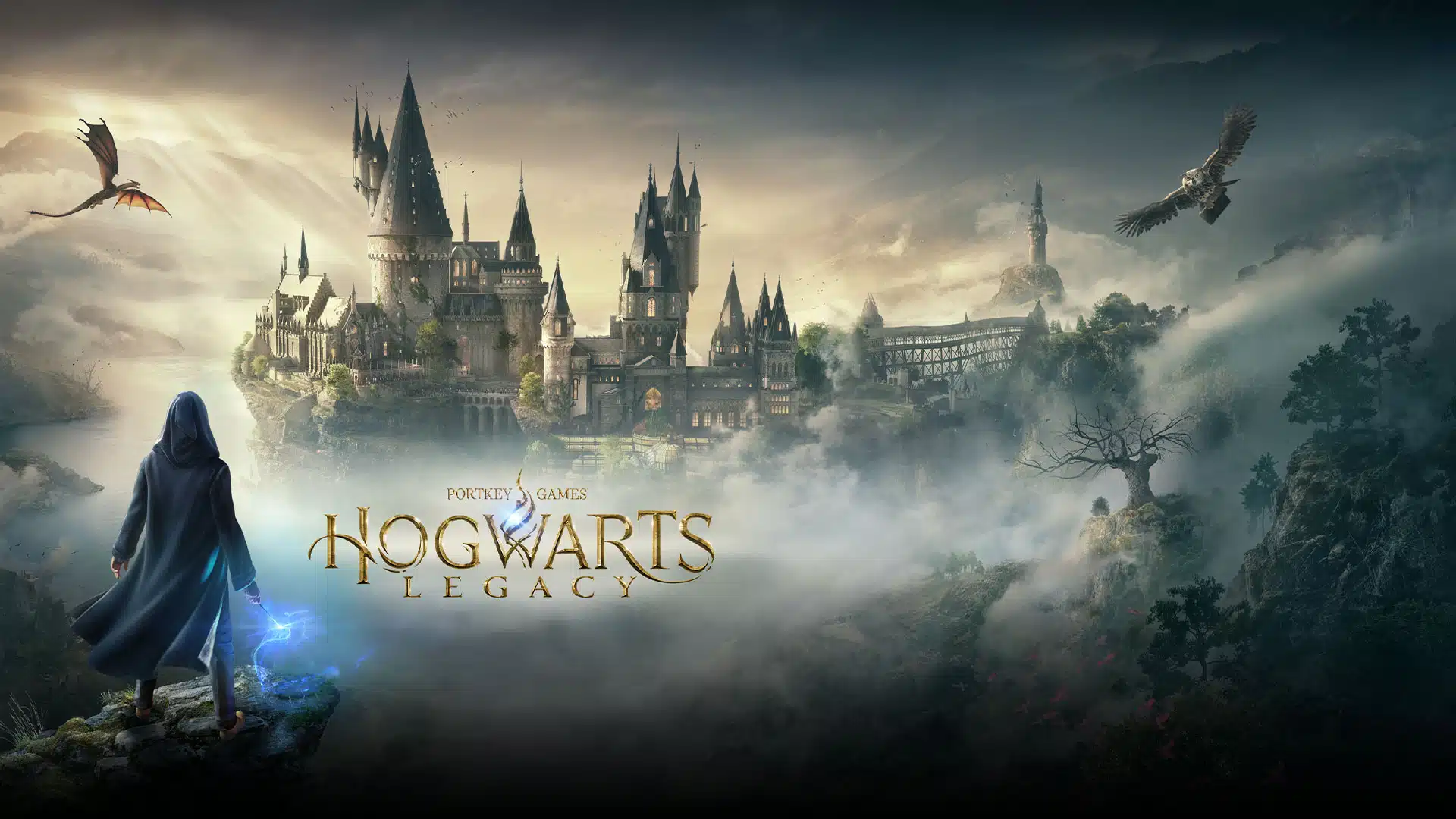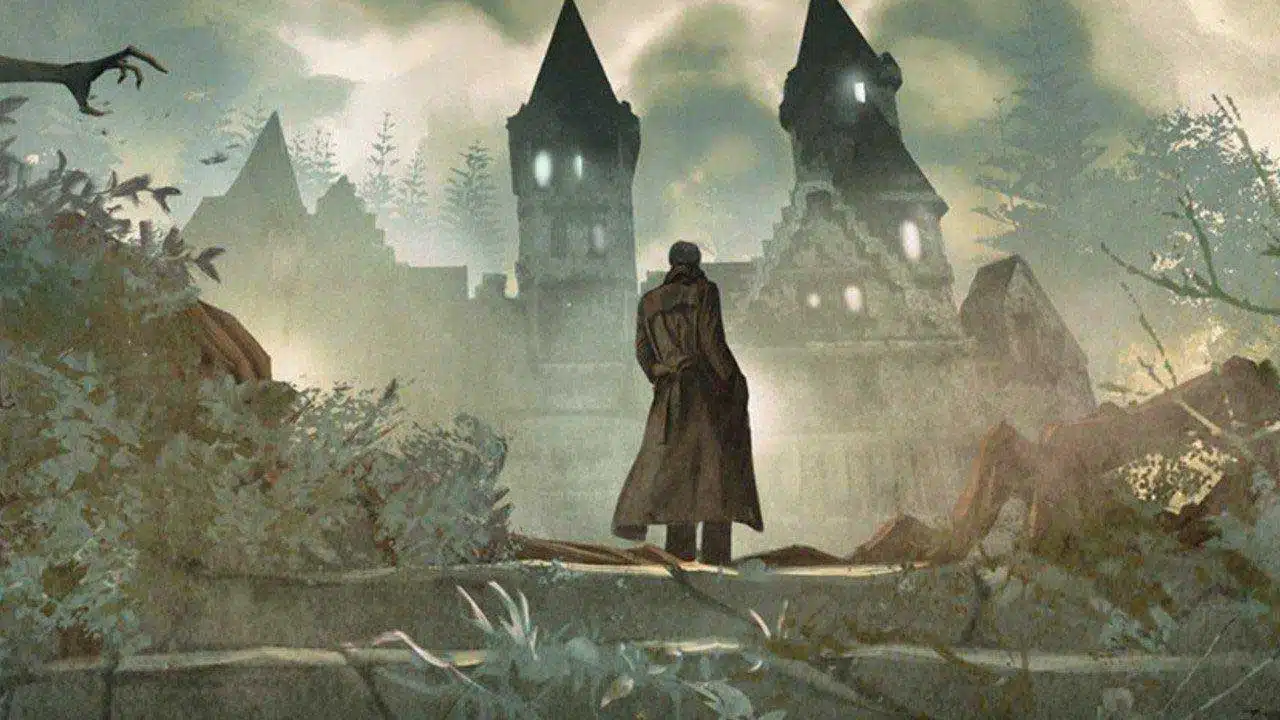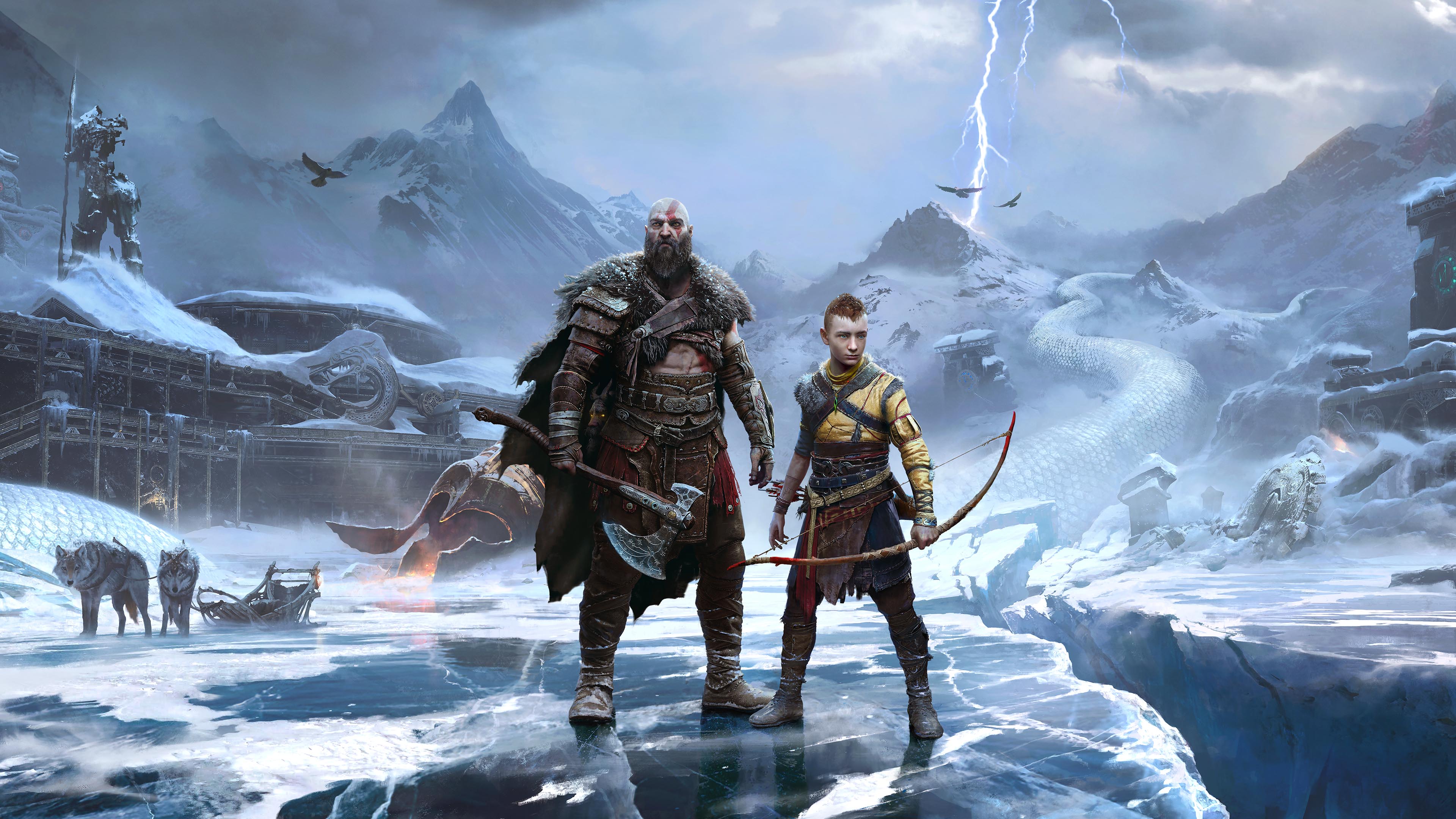Like anyone who plays video games right now, I slap down my $60 for a game knowing full well that I’ll likely end up paying twice that or more over that game’s lifespan. I spent $170 total on Destiny and it’s four expansions before the sequel came out, and enjoyed every minute of it. For all their issues, the idea of “games as a service” ultimately has its benefits.
After all, gaming is an expensive hobby to have. The consoles, games, Internet, and subscriptions add up after a while. Live service games, which have been the model since the industry pivoted that way since at least 2010, if not earlier, tend to circumvent that in a way that tends to benefit both players and the developer by turning a $60 game into something that can make two or three times that per person while adding more content at a cheaper price than a new game.
Since the game industry went to “games as a service,” we’ve seen plenty of publishers like Ubisoft, EA, and Activision take advantage of the idea that a game that’s bad at launch can be slowly patched over time until it’s good in a few years, all while raking in mountains of money from players who are paying for each new miniscule update as it’s dribbled out.
In what I can only call a shocking turn of events, EA is bucking the trend.
Star Wars: Squadrons, which is the newest Star Wars game from EA and the reason gaming flight sticks are out of stock everywhere, is a complete game at launch, for $40 USD. Not only is that less than other AAA games on the market right now, Squadrons is one of the only multiplayer-focused games that’s out right now that comes with a campaign (short as it may be) and doesn’t have a content roadmap or season pass.
Ian Frazier, the game’s Creative Director, told UploadVR that EA Motive wanted to make a game that was complete at launch rather than stretching it out across the usual updates or seasons. “Never say never,” he said, “but as far as our philosophy goes, we’re not trying to treat the game as a live service.”
While it’s certainly heartwarming to hear someone with some power say that, I’m cautious to say we’ll never see microtransactions of any kind or some kind of 180 when it comes to content updates. Squadrons is selling well, but it isn’t topping any charts. I expect we’ll hear around the holiday season that the game is getting a season pass or some kind of monetization model so that EA can make the money the game’s straight sales haven’t been able to deliver.
When I first heard that the game wasn’t going to be updated with new content, my immediate reaction was shock and mild anger. I mean, the game has content, sure, but nowhere near enough to justify leaving it where it is. $40 isn’t a massive amount of money, but it’s still more than it should be given the short campaign and limited offerings in terms of multiplayer.
After that initial reaction, I thought about it some more, in a way that I’m hoping you are. While there are plenty of games that have come out recently that weren’t treated as a live service (Doom: Eternal and Crash Bandicoot 4: It’s About Time come to mind,) the gaming industry as a whole as taken the irreversible step now towards games in general being treated as live service.
Single-player games have remained more or less untouched by this, but I think that’s more to do with the fact that it’s kind of hard to monetize a game like Doom: Eternal without turning it into a mobile game where you can only play the game so many times, which would cause an uproar on par with what we saw about Star Wars: Battlefront 2 (2017) and that game’s take on microtransactions.
When it comes to the idea of “games as a service” I’m torn on whether to hate it or love it. On one hand, games being consistently updated and living for multiple years is great. I love being able to be involved in a game like Destiny for multiple years of new content without needing to shell out more money for the next installment that features minimal improvements each year (*cough* Call of Duty *cough*) but on the other hand, games that are complete and polished on release are getting rarer and rarer.
I don’t think anyone looked at the idea of games as a service and didn’t immediately jump on board, but I do wonder how many of us stopped to think about what kind of effect a model like this would have on gaming as a whole. If we assume 2010 was the adoption of this model, although arguments could be made for 2014 and Destiny being the start, then we’re only a decade out and already we’ve seen a complete shift in the gaming industry away from shipping complete games and instead shipping 90% of a game and patching or updating the final 10% in over the next year or three.
Fallout: 76 and No Man’s Sky are the prime examples of this. Those games shipped with next to no content missing key features promised in their marketing campaigns, and only now are those games starting to become even a fraction of what they were supposed to be.
Games like Doom: Eternal or Red Dead Redemption 2 ship and are praised for being complete experiences on download, but if we go back ten years, or even five years, that was still the norm, and it was games like Destiny or Tom Clancy’s The Division that were being ripped apart critically for shipping as half-finished games. I worry about that shift in attitude from the industry, especially as we move into the next console generation and fewer and fewer people are concerned about what games as a service really means for an industry initially built on shipping complete games.
All that said, Star Wars: Squadrons is one of the few multiplayer games out right now that doesn’t have a season pass or any plans to update content. What that does to the game’s lifespan and player base we won’t know for months to come, but if you’re looking for a relatively cheap new game that won’t take up 250 GB or more on your console when it’s perfectly up to date, this is definitely the game to consider.
OSG News & Deals Newsletter
Get the latest gaming news, reviews, and deals sent to your inbox, FREE!

